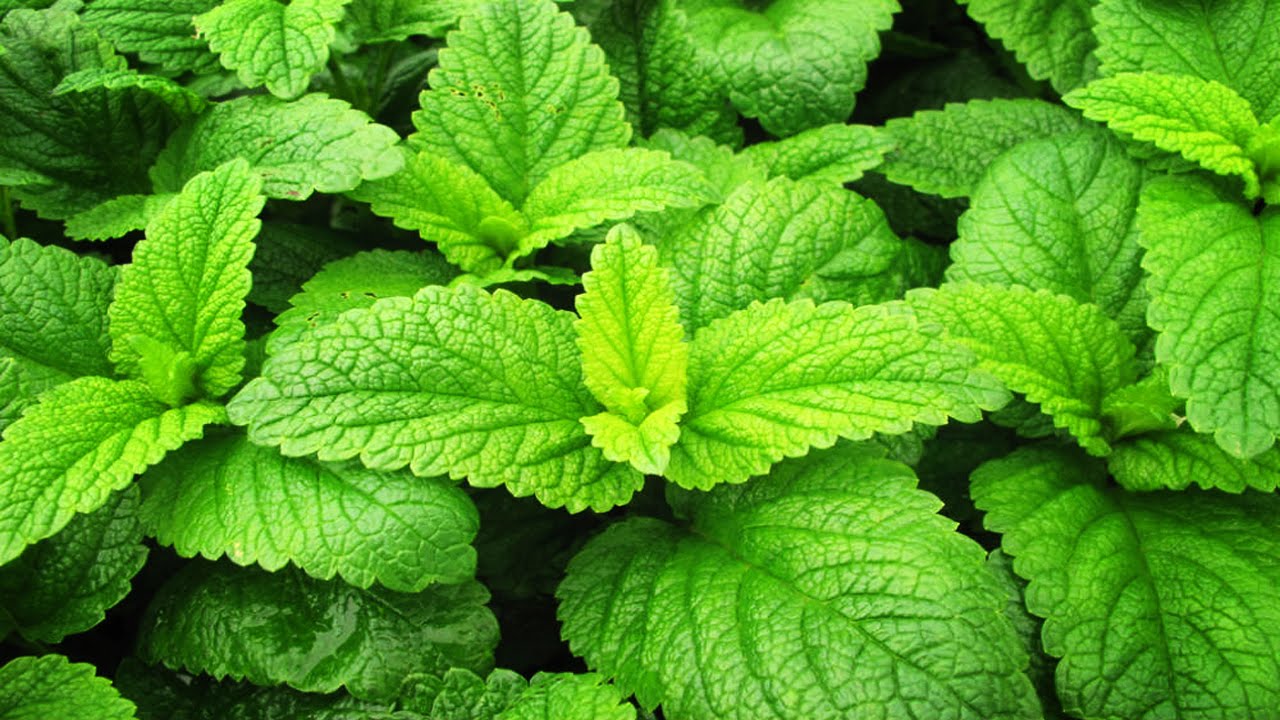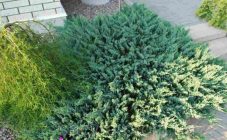Content:
Thyme is popularly called thyme or Bogorodskaya herb. It is a perennial plant. The plant got its second name because it is used to decorate the icon of the Virgin during the celebration of the Assumption of the Virgin. This herb is found in fields, meadows, mountains. Thyme grows in the suburbs, the middle zone of the Urals. That is, he settles where there is a lot of light and heat. Thanks to them, the plant is filled with useful properties, which are subsequently shared in the prepared fragrant tea. Consider how to grow thyme planting and care in the open field, what is required for this.
All about thyme
Many gardeners don't know how to plant thyme. In order to decorate the garden with thyme, cultivation in the country takes place in several stages, and for this you need to know what kind of soil the plant likes and how to properly prepare it.
Thyme is not a particularly demanding plant. But still, what does thyme need, how to grow it in the country? In order to get a good harvest, you must adhere to some rules for planting a plant. First of all, this is the choice of a place for planting and soil preparation:
- When choosing a location, you must take into account the fact that thyme prefers to grow in an open, sunny place. If a shadow falls on it, then the flowers become faded and dim;
- This plant does not tolerate drafts and constant winds;
- When planting thyme, it must be borne in mind that the soil must be neutral, while the groundwater must be deep.
The best soil for planting thyme is sandy loam or loamy. The site for the plant has been prepared since autumn. To do this, you need to dig it up with a bayonet or two and remove the roots of the weeds. Provided that the soil has high acidity, lime must be added to it. It is also recommended to fertilize the soil with fertilizers or humus. The soil must be thoroughly loosened so that it is light. Loosening must be repeated in spring.
In nature, there are a large number of thyme species, the cultivation of which is so interesting for gardeners. But the most common are:
- Thyme creeping, which grows in height by only 15 centimeters;
- Lemon-scented thyme, which has several varieties:
- Silver Queen (Silver queen);
- Golden Duarf;
- Golden King;
- Archer Gold;
- Bertram Anderson;
- Doone valley.
- Common thyme, varieties of which:
- Alba;
- Splendens;
- Coccineus;
- Elfin.
- Flea thyme and its varieties:
- Dorfler's thyme (Thymus doerfleri);
- Subarctic thyme (Thymus subarcticus);
- Early thyme (Thymus praecox Opiz);
- Thyme Aureus;
- Thyme variegated.
When the thyme is in bloom, the area is covered with a purple, purple, or lilac-pink carpet. You need to study thyme well how to plant and grow it in the country or in the garden. At the same time, there is also a vegetable type of thyme, which is used as a seasoning for sauces. It is called "Medoc".
Propagation of thyme
Thyme can be propagated in several ways: by seed, cuttings and dividing the bush.
- If you use the method of plant propagation by cuttings, then this should be done in the summer, while it is necessary to stock up on material before flowering begins. To do this, you must cut off at least 10 centimeters of the upper pagon. After that, the cut is processed with a stimulant for root formation, then the cutting is planted in a greenhouse, which is covered with river sand in advance.In order for the soil to have the necessary moisture for rooting, it is moistened with a sprayer. Roots begin to form after two or even three weeks. In this way, thyme takes longer to take root; planting and care in the open field requires a significant time;
- Reproduction by dividing the bush is not recommended, since this method causes great injury to the entire plant. But at the same time, if you have to propagate varietal bushes, then this method may be the only one. To do this, the bush is dug out of the ground and divided into several parts. This must be done carefully so as not to damage the root system. But at the same time, it is necessary to ensure that at least one adult shoot remains in each part. After that, you must try to minimize the consequences of these actions. For this, the root system is sprinkled with activated carbon and watered with water and a root formation stimulator.
Sowing with seeds
The simplest way and, in fact, the most effective is seed propagation. Moreover, this method does not cause any harm to the plant. This planting material can be purchased from a nursery or any seed store. If thyme grows in a home area, its seeds can be harvested from an adult plant.
Seed material is harvested after the final flowering of the plants. This period falls in September. After that, they must be dried and stored until spring, as this is the best period for sowing thyme seeds in open soil.
You can sow seeds either directly in open ground, or in greenhouses or a seedling pot. In the case when seeds are sown in open ground, it is necessary that the soil warms up well. Therefore, landing should be scheduled no earlier than May. But the seedlings need to be grown in advance. Therefore, sowing seeds should be planned for March, so that the seedlings have time to take root well and get stronger.
Before sowing, the planting material must be soaked in warm water and kept for at least 12 hours. In parallel, the container is being prepared. They make a special mixture of sand and peat. After that, this mixture is treated with potassium permanganate and calcined in an oven.
Then the seeds are slightly dried, sown into the soil and covered with a thin layer of river sand on top. Thyme seeds do not need to be deeply buried in the soil, since they are very small; for germination, it is enough to sprinkle with sand and spray with a spray bottle. After that, the container is covered with glass or foil and placed in a bright, sunny place. In the apartment, the pot can be placed on the window from the sunny side. In order to obtain healthy seedlings, it must be periodically moisturized and ventilated for two months.
Planting seedlings
Annual seedlings should be planted in open ground after it warms up at least 15 degrees. Then the soil is loosened and leveled again and the required number of holes is dug. In this case, it is necessary to observe the distance, since thyme has the peculiarity of growing strongly. The minimum distance between the pits should be at least thirty centimeters.
To ensure that the root system of the plant does not have stagnant water, drainage is made at the bottom of the hole from river sand or small stones. Then the seedlings are planted, sprinkled with soil and compacted. After the seedlings are planted in the ground, a layer of peat should be sprinkled around them and watered abundantly.
Culture care
Thyme is not at all whimsical in leaving. In order for it to grow and give a good harvest, it will be enough to do the following actions.
Watering
Thyme is a plant that tolerates drought. For this reason, when watering, you must adhere to a certain rate. If there is enough rain in the season, then there is no need to water the plant. If the summer is dry, then watering is rarely done. It will require moisture only during the growing season and when the thyme is blooming.
Loosening
Thyme loves light soil, so it is necessary to loosen the soil near the plant. At the same time, this procedure must be carried out very carefully, since it is possible to damage young pagons that have just begun to develop. In this case, in the process of plowing the soil, it is necessary to remove weeds that interfere with the full growth of the plant.
Plant feeding
Thyme thrives on moderately fertile soil and does not need additional feeding. Therefore, if before planting the plant, the soil was fertilized, then for several years it is possible to apply urea only once and then fertilize it with complex fertilizers. This will be enough for the growth and development of the plant.
Pruning
The plant is only pruned if you want to give it density and shape. In this case, after it has faded, it is necessary to cut off all the shoots by two-thirds of the plant. This way, you only have the woody parts. Pruning can also be done in the spring. Thus, you will get a beautiful dense carpet of thyme flowers.
Wintering thyme
Thyme is not afraid of severe cold, but it needs good snow cover. If the winter is not snowy, then the plant may freeze out. Therefore, it is best to cover the thyme before the first frosts. Fallen leaves can also be used for shelter.
How to harvest
Thyme is harvested in most cases for medicinal purposes. The collection period falls directly on June, July, August. It is at this time that the plant is actively blooming. Harvesting tools are tools such as scissors, pruning shears, or sickle. Young shoots must be carefully cut to avoid damaging the sod formed by the thyme roots. This can lead to the death of the entire bush. In addition, it is necessary to leave part of the flowering plants on the turf, so that later it can multiply both with the help of seeds and in a vegetative way.
Before picking the thyme, you need to wait for the sun's rays to dry the dew. In addition, it is recommended to ensure that only healthy shoots are harvested. In no case should you take damaged, weak stems or affected by diseases, spoiled by pests. The collected material is placed in paper bags or baskets. At the same time, care must be taken to ensure that the raw material is not pressed or crumpled.
It is necessary to dry raw materials in attics, which are well ventilated, or in the shade of canopies. Shoots can be laid on paper or clean cloth in a layer that does not exceed five centimeters, or suspended in bunches from beams.
For drying, you do not need to use dryers, since they destroy all the valuable substances that are contained in the plant.
Thyme in the garden is pleasing to the eye, fills the air with an unsurpassed lemon aroma. And in winter, you can enjoy fragrant fragrant tea, which heals against colds and has a soothing effect on the nervous system. Those who know how to grow thyme in their vegetable garden will have a lot of fun and decorate their garden and home.












